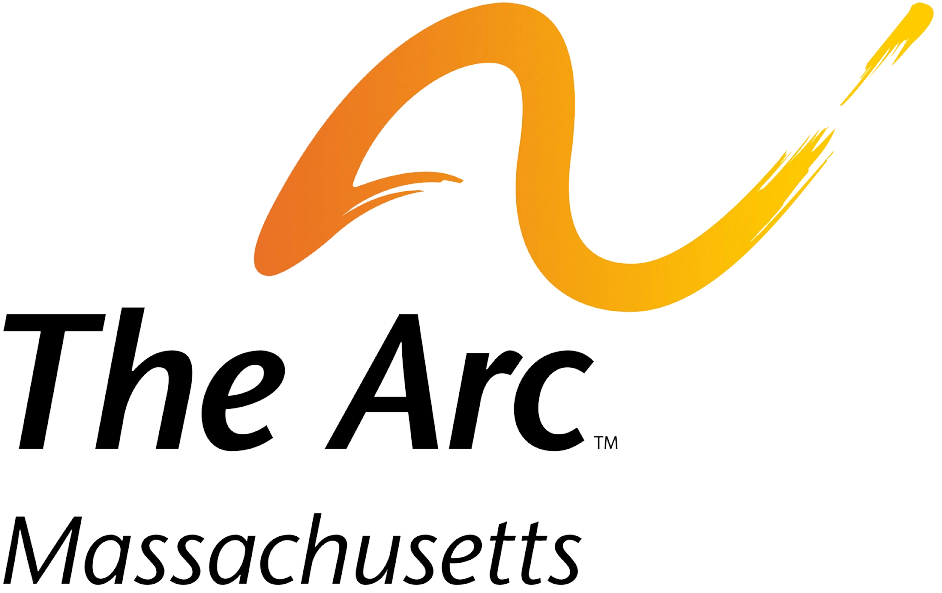Families
Carter, E. W., Carlton, M. E., & Travers, H. E. (2020). Seeing strengths: young adults and their siblings with autism or intellectual disability. Journal of Applied Research in Intellectual Disabilities (JARID).
Centers for Disease Control and Prevention. (2023a, March 23). Spotlight on a new pattern in racial and ethnic differences emerges in autism spectrum disorder (ASD) identification among 8-year-old children. Centers for Disease Control and Prevention.
Beighton, C., & Wills, J. (2017). Are parents identifying positive aspects to parenting their child with an intellectual disability, or are they just coping? A qualitative exploration. Journal of intellectual disabilities: JOID, 21(4), 325–345.
Health Care
National Institute for Health Care Management Foundation (2024). Supporting the Health Care Needs of People with Disabilities
A thoroughly-cited infographic that outlines disability definitions and statistics as well as health care concerns, costs, and access barriers. The page concludes with suggested Strategies to Support Health and Well-being of People with Disabilities.
Ally, S., Boyd, K., Abells, D., Amaria, K., Hamdani, Y., Loh, A., Niel, U., Sacks, S., Shea, S., Sullivan, W. F., & Hennen, B. (2018). Improving transition to adulthood for adolescents with intellectual and developmental disabilities: Proactive developmental and systems perspective. Canadian family physician Medecin de famille canadien, 64 (Suppl 2), S37–S43.
Autism Statistics and Facts. Autism Speaks.
Breakdown of data on the prevalence of autism over the last 20 years.
Medical Comorbidities in Autism – A Primer for Health Care Professionals and Policy Makers. Thinking Autism Publications. (2021, January). PDF.
Al-Beltagi M. (2021). Autism medical comorbidities. World journal of clinical pediatrics, 10(3), 15–28.
Casanova, E. L., Baeza-Velasco, C., Buchanan, C. B., & Casanova, M. F. (2020, December 1). The relationship between autism and Ehlers-Danlos Syndromes/hypermobility spectrum disorders. Journal of personalized medicine. https://www.ncbi.nlm.nih.gov/pmc/articles/PMC7711487/
Review of the current state of knowledge of the link between autism and Ehlers-Danlos Syndrome (EDS)/Hypermobility Spectrum Disorders (HSD).
Schwichtenberg, A. J., Janis, A., Lindsay, A., Desai, H., Sahu, A., Kellerman, A., Chong, P. L. H., Abel, E. A., &; Yatcilla, J. K. (2022, November). Sleep in children with autism spectrum disorder: A narrative review and systematic update. Current sleep medicine reports.
Owens, A. P., Mathias, C. J., & Iodice, V. (2021, December 30). Autonomic dysfunction in autism spectrum disorder. Frontiers in integrative neuroscience. https://www.ncbi.nlm.nih.gov/pmc/articles/PMC8756818/
The Autism Care Network works to improve mental health among autistic youth. Autism Speaks. (n.d.).
There is a positive correlation between autism and mental health conditions, such as anxiety disorders, sleep disorders, depression, OCD, bipolar disorder, and more.
Morgan, L., & Maddox, B. (2020). Autism Resource for Warning Signs of Suicide: Considerations for the Autism Community. Autism Warning Signs.
Salehi, A., Ashford, J. W., & Mufson, E. J. (2016). The link between Alzheimer’s disease and Down Syndrome. A historical perspective. Current Alzheimer research. https://www.ncbi.nlm.nih.gov/pmc/articles/PMC6368451/
Warrier, V., Greenberg, D. M., Weir, E., Buckingham, C., Smith, P., Lai, M.-C., Allison, C., & Baron-Cohen, S. (2020, August 7). Elevated rates of autism, other neurodevelopmental and psychiatric diagnoses, and autistic traits in transgender and gender-diverse individuals. Nature News. https://www.nature.com/articles/s41467-020-17794-1#Sec2
Kallitsounaki, A., & Williams, D. M. (2022, October). Implicit and explicit gender-related cognition, gender dysphoria, autistic-like traits, and mentalizing: Differences between autistic and non-autistic cisgender and transgender adults. Archives of sexual behavior. https://www.ncbi.nlm.nih.gov/pmc/articles/PMC9556420/
Kripke C. (2018). Adults with Developmental Disabilities: A Comprehensive Approach to Medical Care. American Family Physician, 97(10), 649–656.
Lotan, G., & Ells, C. (2010). Adults with intellectual and developmental disabilities and participation in decision making: ethical considerations for professional-client practice. Intellectual and developmental disabilities, 48(2), 112–125.
McNeil, K., Gemmill, M., Abells, D., Sacks, S., Broda, T., Morris, C. R., & Forster-Gibson, C. (2018). Circles of care for people with intellectual and developmental disabilities: Communication, collaboration, and coordination. Canadian family physician Medecin de famille canadien, 64(Suppl 2), S51–S56.
Agaronnik, N., Campbell, E. G., Ressalam, J., & Iezzoni, L. I. (2019). Exploring issues relating to disability cultural competence among practicing physicians. Disability and Health Journal, 12(3), 403–410.
DSM-5-TR facts sheets for both Intellectual Disability and Autism Spectrum Disorder.
Education
Coleman, C. (2023, June 22). Publications.aap.org. https://publications.aap.org/journal-blogs/blog/24883/Adolescents-with-Autism-Individualized-Education
Joint Position Statement of AAIDD and The Arc. (2018). Education. AAIDD_CMS.
Special Olympics Research Overview. (n.d.). Special Olympics.
Genetic Testing
Prenatal Genetic Screening Tests. (2020, October). The American College of Obstetricians and Gynecologists.
The Prenatal First Call Center is a first of its kind, providing professional guidance for expectant parents and medical providers who are handling a prenatal diagnosis of Down Syndrome. It is part of the National Parents First Call Center.
Savatt, J. M., & Myers, S. M. (2021, January 18). Genetic testing in neurodevelopmental disorders. Frontiers.
language
Rahman, L. (n.d.). Disability Language Guide. Stanford Disability Initiative Board.
Covid-19 - Related
Nocker, Y. L. de, & Toolan, C. K. (2021, July 16). Using telehealth to provide interventions for children with ASD: A systematic review – review journal of autism and developmental disorders. SpringerLink.
Willner, P., Rose, J., Kroese, B. S., Murphy, G. H., Langdon, P. E., Clifford, C., Hutchings, H., Watkins, A., Hiles, S., & Cooper, V. (2020). Effect of the COVID-19 pandemic on the mental health of carers of people with intellectual disabilities. Journal of Applied Research in Intellectual Disabilities (JARID).
Intersection Between ESL and Disability
Cheatham, Gregory & Lim, Sumin. (2018). Immigrant, Bilingual Parents of Students With Disabilities: Positive Perceptions and Supportive Dialogue. Intervention in School and Clinic. 54. 40-46. 10.1177/1053451218762490.
DuBay, M., Watson, L. R., & Zhang, W. (2018, May). In search of culturally appropriate autism interventions: Perspectives of Latino caregivers. Journal of autism and developmental disorders.
Zuckerman, K. E., Chavez, A. E., Wilson, L., Unger, K., Reuland, C., Ramsey, K., King, M., Scholz, J., & Fombonne, E. (2021). Improving autism and developmental screening and referral in US primary care practices serving Latinos. Autism: the international journal of research and practice, 25(1), 288–299.


